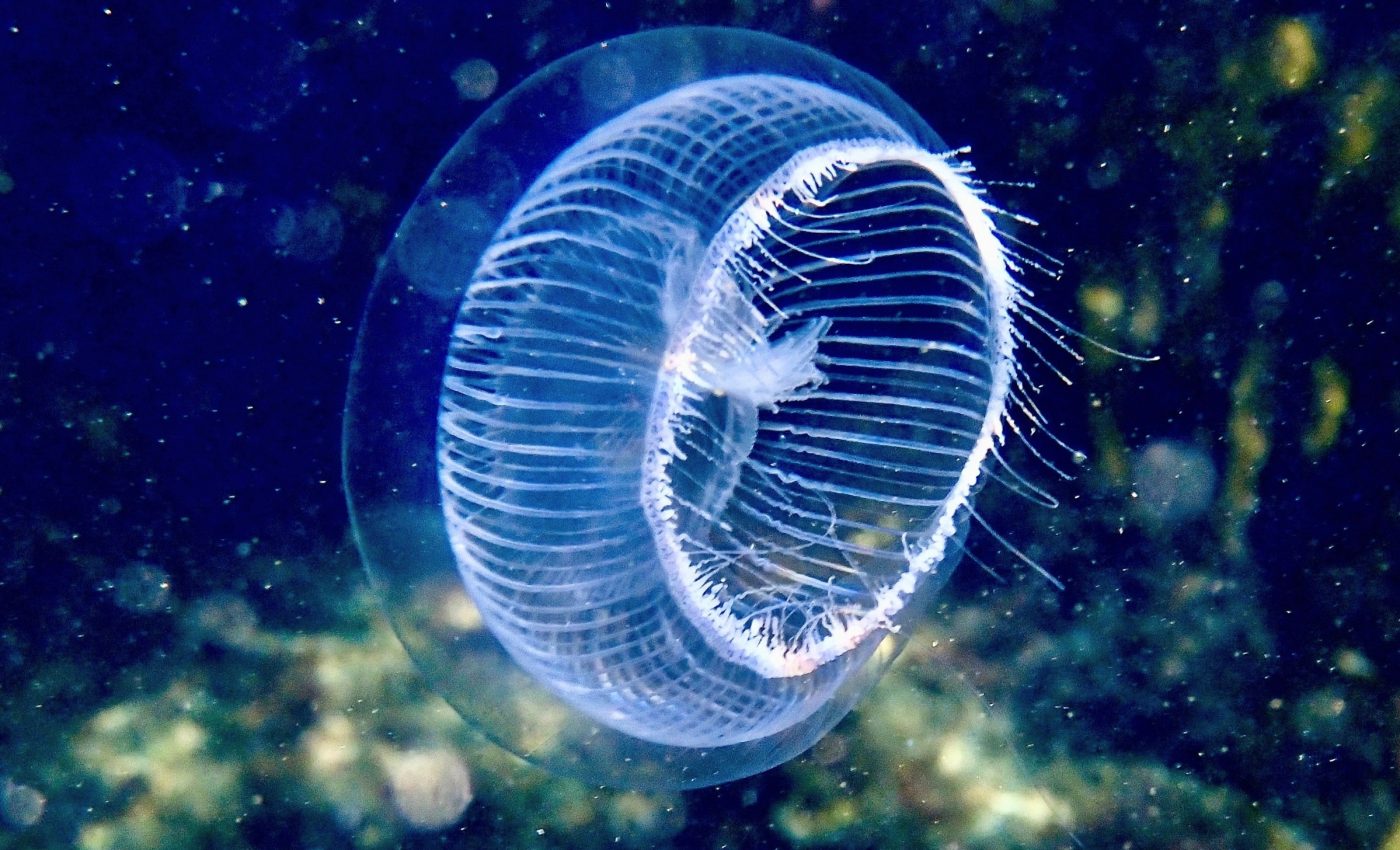
Which animal really came first? The debate may finally be settled
A question has stirred up arguments in biology for years: which creature sits at the very base of the animal family tree?
The choice seems simple. It is either the sponge, which has no muscles and no neurons, or the comb jelly, which has both.
Yet this simple question has sent researchers down different paths for more than a decade.
Debating the first animals
The answer matters because it shapes how we think about the rise of animals and the early steps that led to the bodies we know today.
If comb jellies came first, then the earliest animals already had complex systems that were later lost in sponges.
If sponges came first, then complexity grew over time. That is why the debate has stuck around for so long.
Scientists at the University of California, Berkeley stepped into this debate after years of watching it from a distance. The work came from a lab that usually studies the origins of animals, not the disputes that circle phylogenetics.
But the question would not go away. “I think we all want to know where we came from,” noted study co-author Nicole King.
The possibility that comb jellies evolved first had felt like finding out that the guy you thought was your dad was not your dad, said King.
Sponges versus comb jellies
For a long stretch, most researchers believed sponges were the first branch. That idea fit well with the fact that sponges lack many traits found in other animals.
But things changed in 2008 when a genomic study suggested that comb jellies might sit at the base instead. The results were surprising because it meant muscles and neurons may have existed early and vanished in sponges.
After that, studies kept bouncing between the two possibilities. New tools in genetics added fuel to the disagreement.
In 2023, another method that looked at the physical layout of genes on chromosomes pointed again toward comb jellies. The community split into groups, each with its own favorite answer.
Even then, the UC Berkeley team stayed out of the fight. “While I use phylogenies, I haven’t been a card-carrying phylogeneticist for a long time and it was never my area of specialty. This was not a debate I wanted to get into,” King explained.
Looking at the data in a new way
Things shifted when postdoctoral researcher Jacob Steenwyk joined the lab. He brought expertise in phylogenetics and computational biology, and he leaned toward the comb jelly side of the debate.
King leaned toward sponges. That set the stage for an unusual partnership. “Jacob came in hypothesizing that the ctenophore sister idea was correct, while I hypothesized that the sponge sister idea was correct, and so we thought, why not? Let’s go for it,” said King.
Together, they decided to take a close look at the data in a new way. The team built a dataset packed with conserved genes from many organisms. Their method united different analytical approaches that had often been used separately.
The goal was to separate strong signals from noise. They ran the data through both methods, then kept only the genes that produced the same answer in both.
Genes that flipped depending on the method were discarded. The researchers also shifted many parameters to check how stable the results were.
Once the dataset was refined, they ran a series of statistical tests to see whether the numbers leaned in a clear direction. This was meant to avoid the trap of relying on a single type of evidence.
What the tests revealed
The statistical tests lined up behind one answer. Sponges came out on top. Sixty-two percent of the tests supported the sponge hypothesis. Thirty-eight percent were inconclusive. None supported the comb jelly hypothesis.
“I think the way we’ve done this analysis lends very strong support for the hypothesis that sponges evolved first, which is consistent with studies based on morphology,” said King.
“But I still think there’s room for investigating this question further. I hope that everyone interested will jump in, and together we’ll keep hammering on this.”
“We are not arguing that our study settles the debate – only the community can decide that. What we are saying is that we’ve found really strong evidence that favors only one hypothesis.”
Were the first animals simple?
Placing sponges at the base fits with what many scientists expected before the 2008 surprise. It suggests the earliest animals were simple, and complex traits emerged step by step.
This supports a slower build toward neurons, muscles, and more advanced systems. It also stabilizes the foundation on which many researchers study animal origins.
The question is not closed, but this work creates a strong reference point. Other teams can test the same ideas with more data, new genomes, or better tools.
Why animals’ origins matter
People feel connected to this kind of research because it reaches back to the start of the animal story. It links tiny ocean creatures to our own history.
When scientists ask who came first, they are also asking how complexity grows in nature and how life built the patterns we see today.
This latest study does not end the discussion, but it brings clarity to a question that has zigzagged for years.
For now, sponges hold the first spot on the animal tree. Whether that sticks is something future work will show.
The full study was published in the journal Science.
—–
Like what you read? Subscribe to our newsletter for engaging articles, exclusive content, and the latest updates.
Check us out on EarthSnap, a free app brought to you by Eric Ralls and Earth.com.
—–













